March 30, 2017
AHMM completes work on New Scotland Yard for Metropolitan Police 0
 Architects Allford Hall Monaghan Morris (AHMM) have completed design work on the new headquarters for the Metropolitan Police Service (MPS) in London. The practice claims that the design ‘supports cultural organisational and conveys a new image for the MPS by creating a building that looks to engage with public and media alike’. The £60m new headquarters is a re-modelling and extension of the Curtis Green Building, a 1930s riverside site in Westminster, central London currently owned by the MPS. AHMM’s design includes the addition of new entrance and rooftop pavilions and a reworking of the existing accommodation. The new entrance is designed ‘to create a welcoming and non-institutional yet secure front door’ and reinstates the iconic revolving sign. The project has been completed as part of a major rethink of the organisation’s corporate real estate strategy.
Architects Allford Hall Monaghan Morris (AHMM) have completed design work on the new headquarters for the Metropolitan Police Service (MPS) in London. The practice claims that the design ‘supports cultural organisational and conveys a new image for the MPS by creating a building that looks to engage with public and media alike’. The £60m new headquarters is a re-modelling and extension of the Curtis Green Building, a 1930s riverside site in Westminster, central London currently owned by the MPS. AHMM’s design includes the addition of new entrance and rooftop pavilions and a reworking of the existing accommodation. The new entrance is designed ‘to create a welcoming and non-institutional yet secure front door’ and reinstates the iconic revolving sign. The project has been completed as part of a major rethink of the organisation’s corporate real estate strategy.




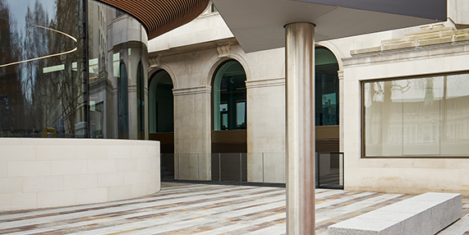
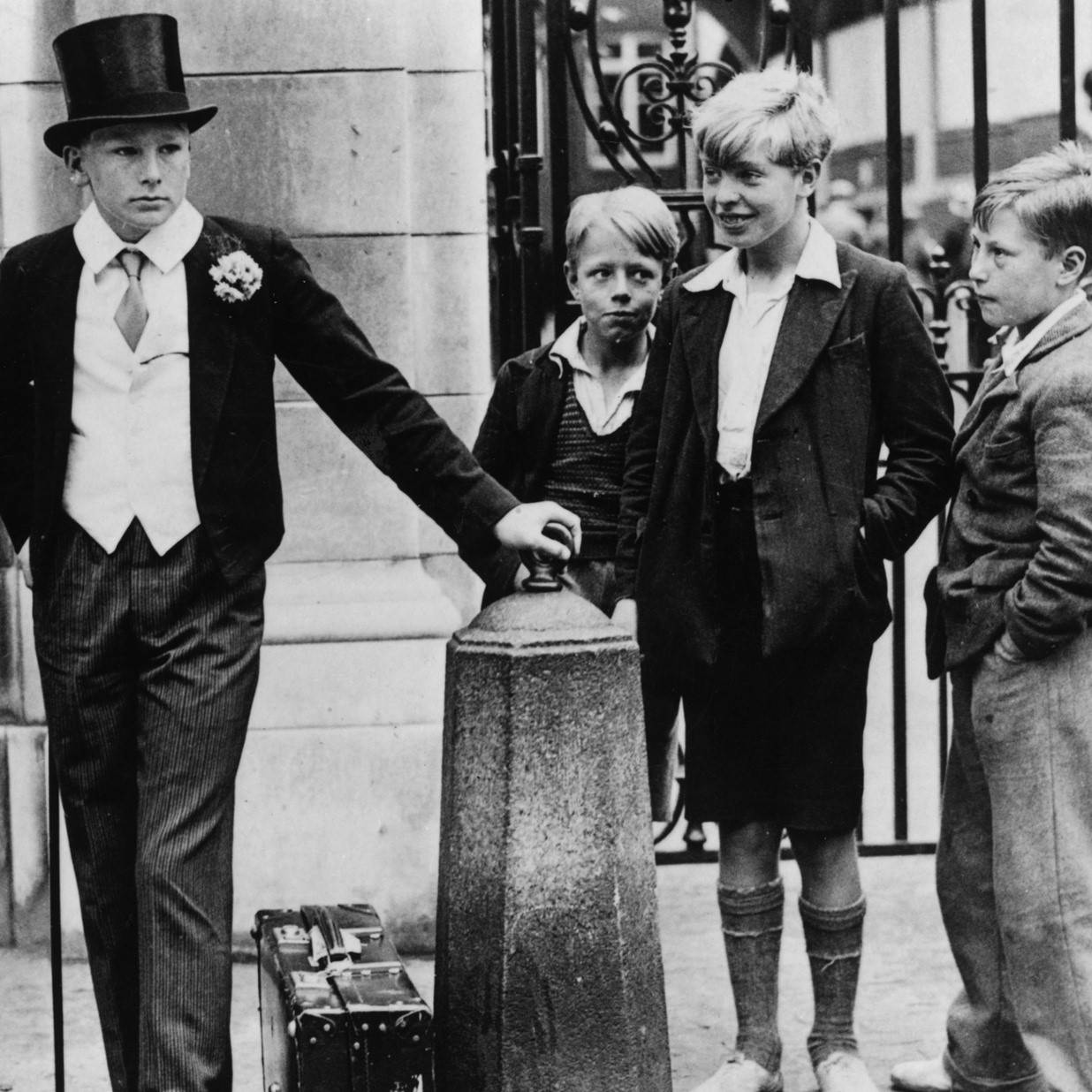
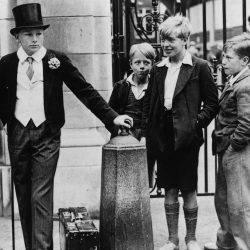












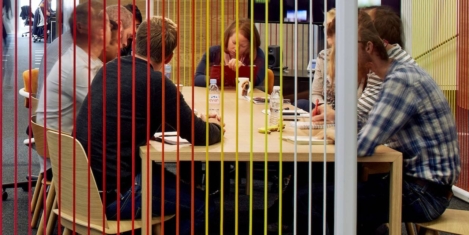
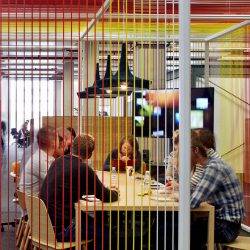


















March 30, 2017
Social technology has the power to make the workplace more humane
by Amanda Sterling • Comment, Technology, Workplace
More →